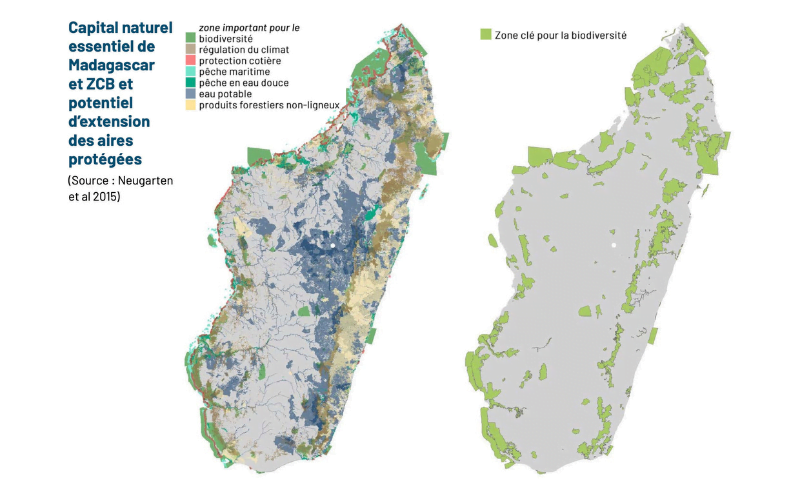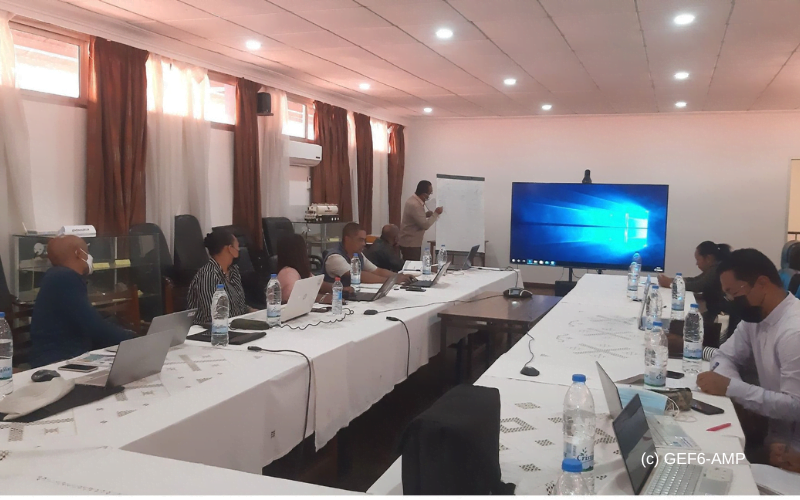
Madagascar is committed to tripling the size of its marine protected areas, a commitment made at the World Parks Congress in Sydney in 2014. Thus, the GEF6-MPA project “Extension and Consolidation of Madagascar’s Marine Protected Areas” is currently undertaking the process of identifying and re-assessing the marine and coastal KBAs.
Wherever nature provides vital services for development, it must be protected. Extending the Madagascar Protected Areas System to these Key Biodiversity Areas (KBAs) would preserve these places from pressures and threats, while ensuring the provision of ecosystem services for the local populations. The KBAs identified by IUCN and its partners in Madagascar currently number 233 sites.
The GEF6-Marine Protected Area project approach
Financed by the GEF, the GEF6-MPA project, whose implementing agency is WWF US, has a 5-year duration. It is executed by the Ministry of Environment and Sustainable Development (MEDD) with WWF Madagascar as technical support and FAPBM in charge of financial management.
In its preliminary phase, the GEF6-AMP project is using the IUCN Red List of Threatened Species as the basis for a database of Madagascar’s threatened species and ecosystems, with their spatial data. The information collected will then be used for a more in-depth analysis defining the species, species assemblages and ecosystems likely to trigger the KBAs, and to proceed with their delimitation. After this phase, the identification and reassessment of KBAs will be initiated. The identification of these KBAs is one of the key elements in establishing the strategy and action plan for the tripling of the area of MPAs. Training sessions have been provided to team project on KBA identification. Elisabeth Razanamiarana, Project consultant from FAPBM attended to the sessions.

For a sustainable funding of the future marine protected areas network
“Creating protected areas is not enough, it is important to find the material, human and financial means to ensure sustainable management. The cost of managing marine protected areas ranges from USD 4.54 to 8.72 /ha/year in Madagascar.” As written in the white paper of the Study on the economic contribution of protected areas, FAPBM, 2022.
The FAPBM capital to date is not able to sustainably finance all current and future marine protected areas. This is a call for contributions for an endowment to FAPBM’s capital to sustainably protect marine ecosystems and support local communities.




